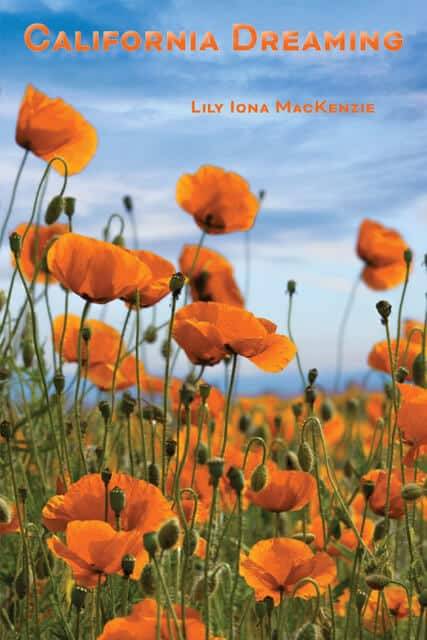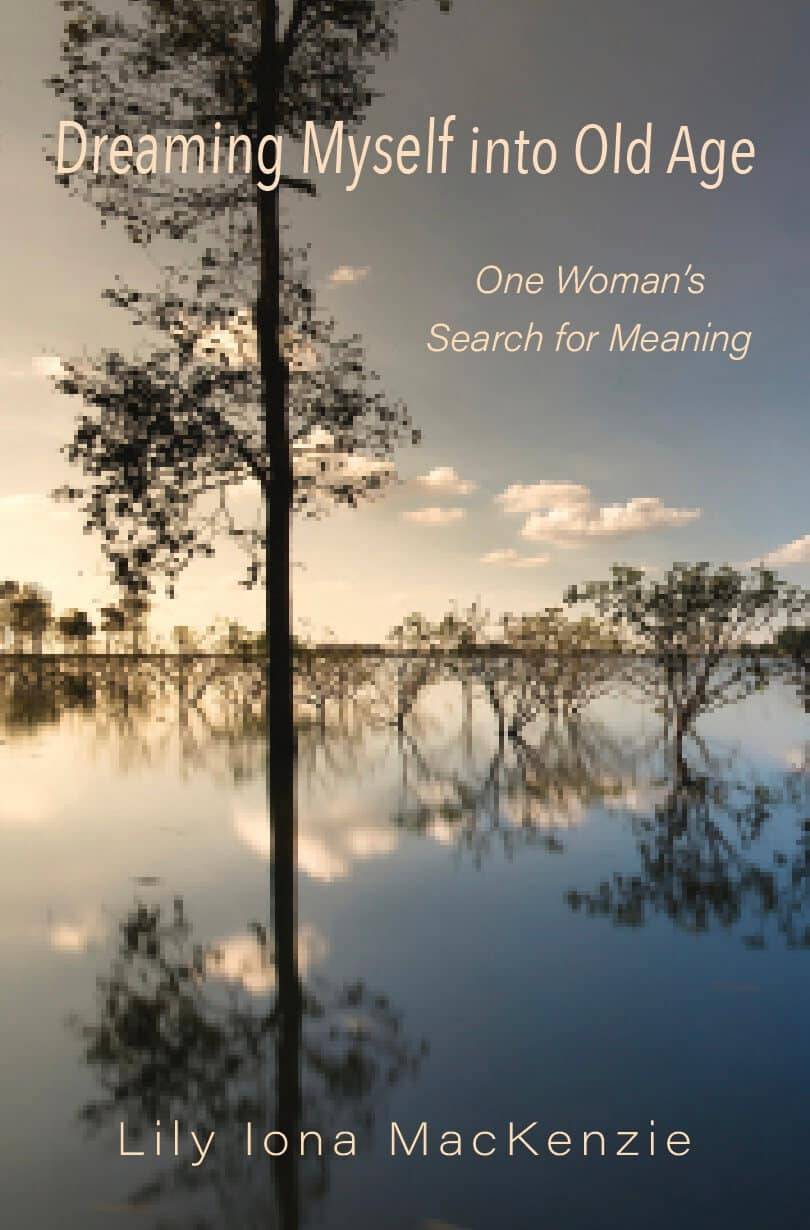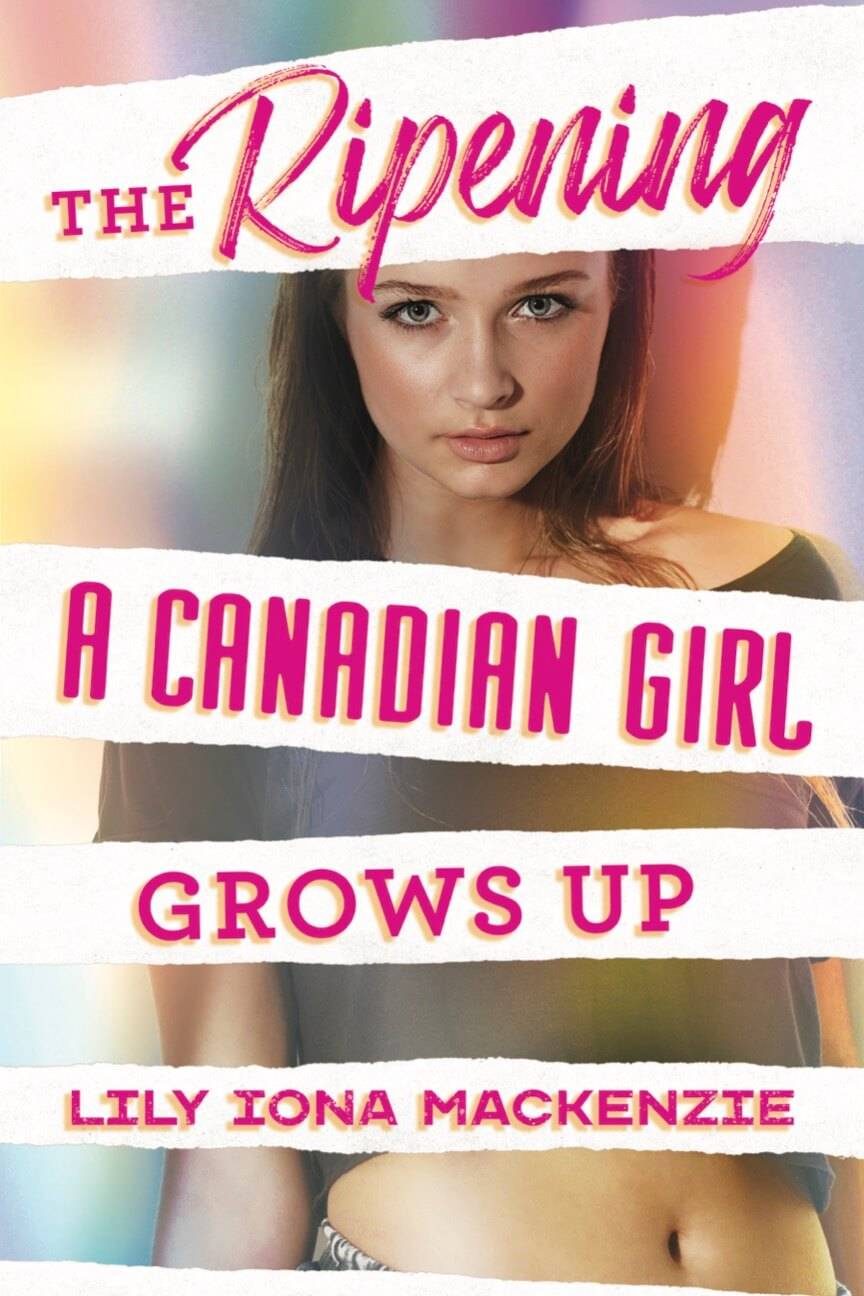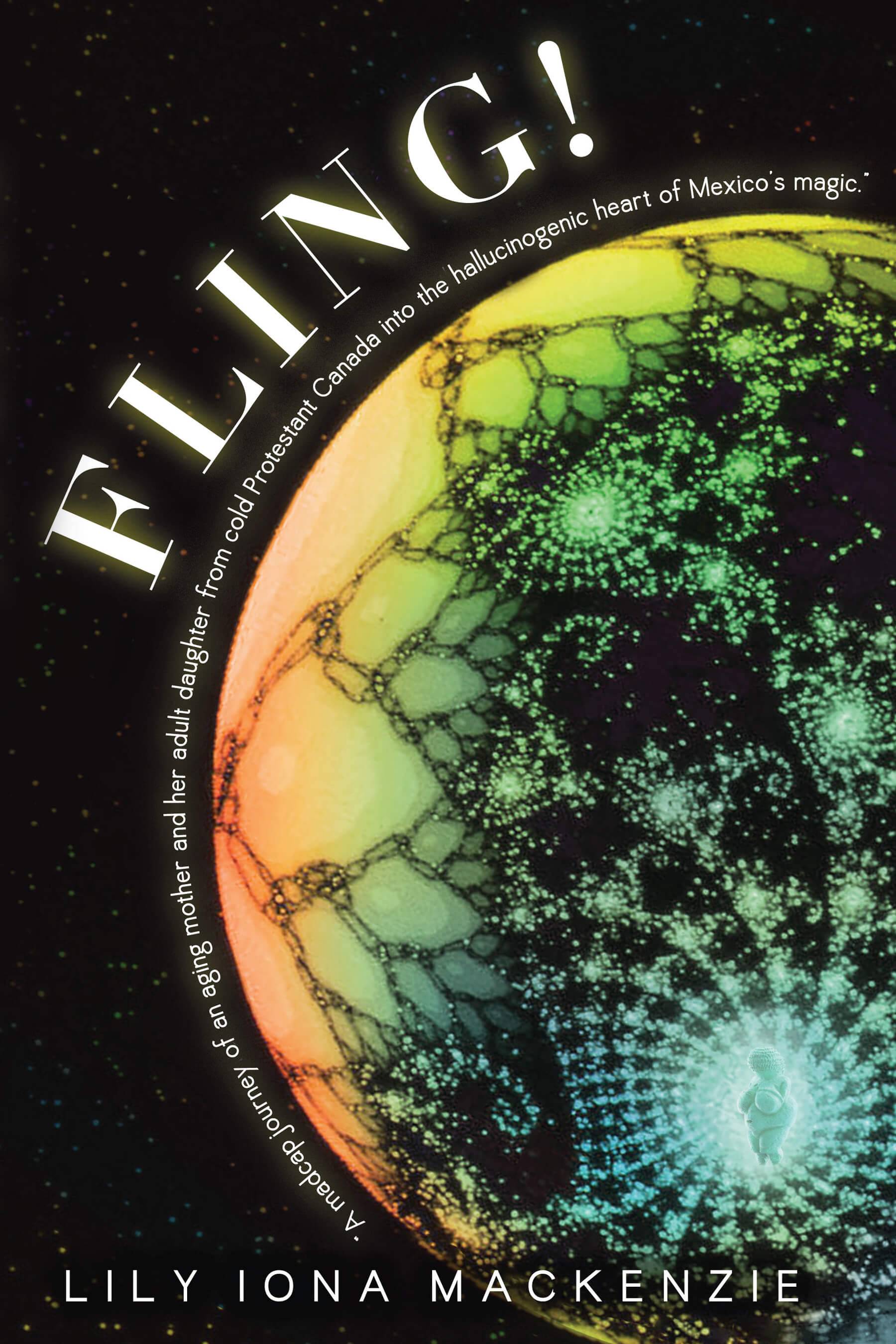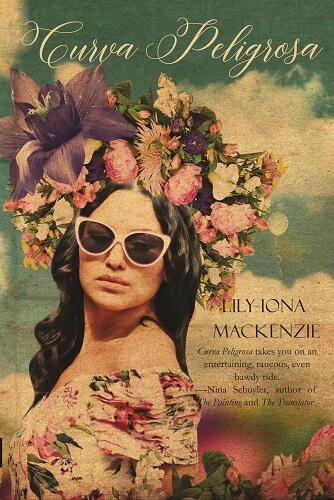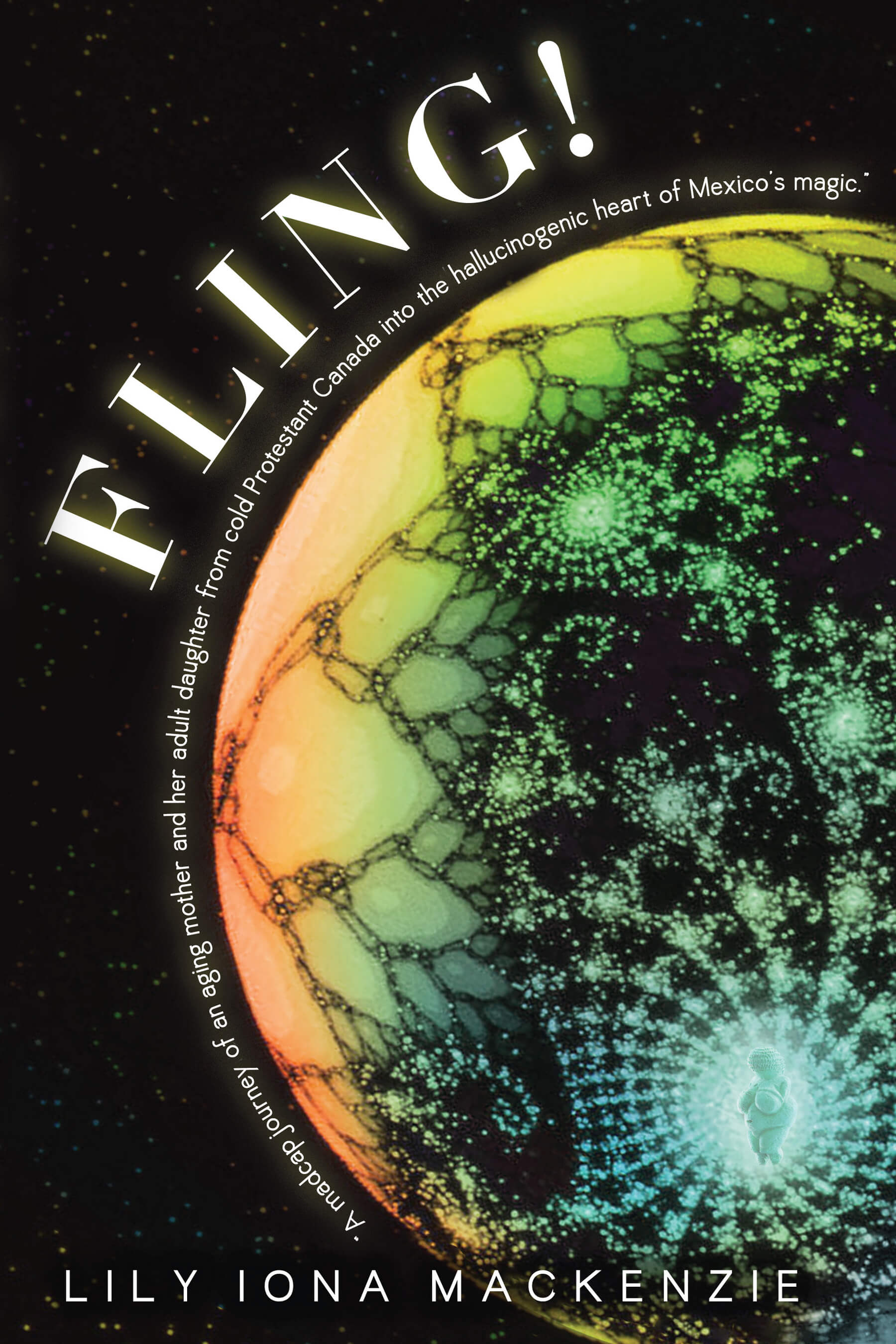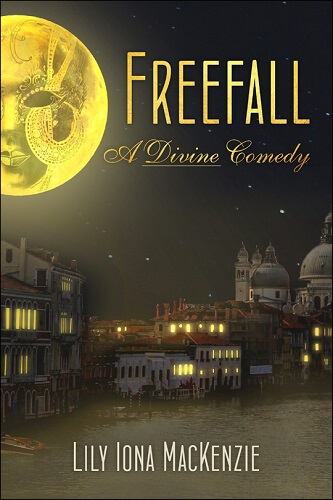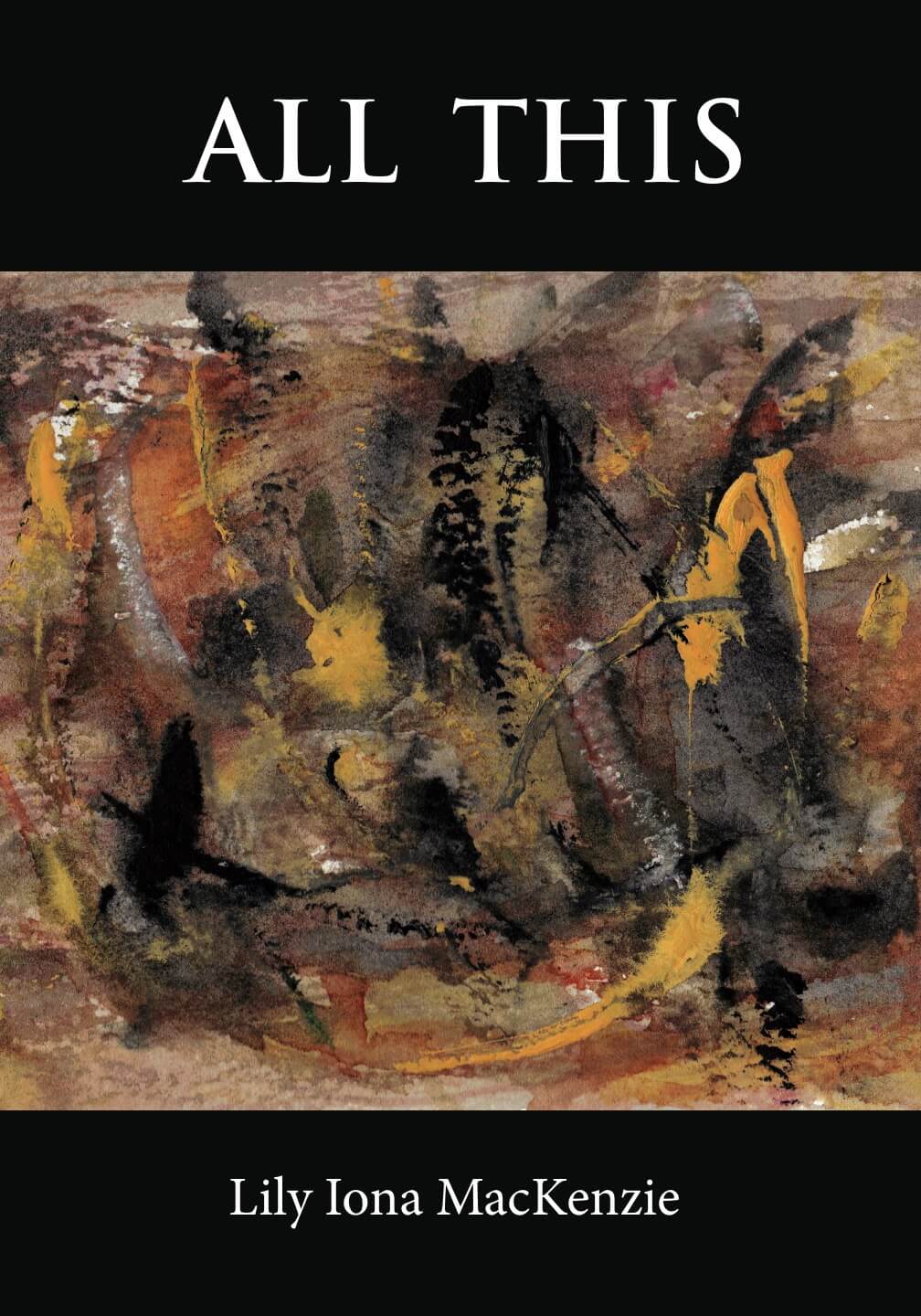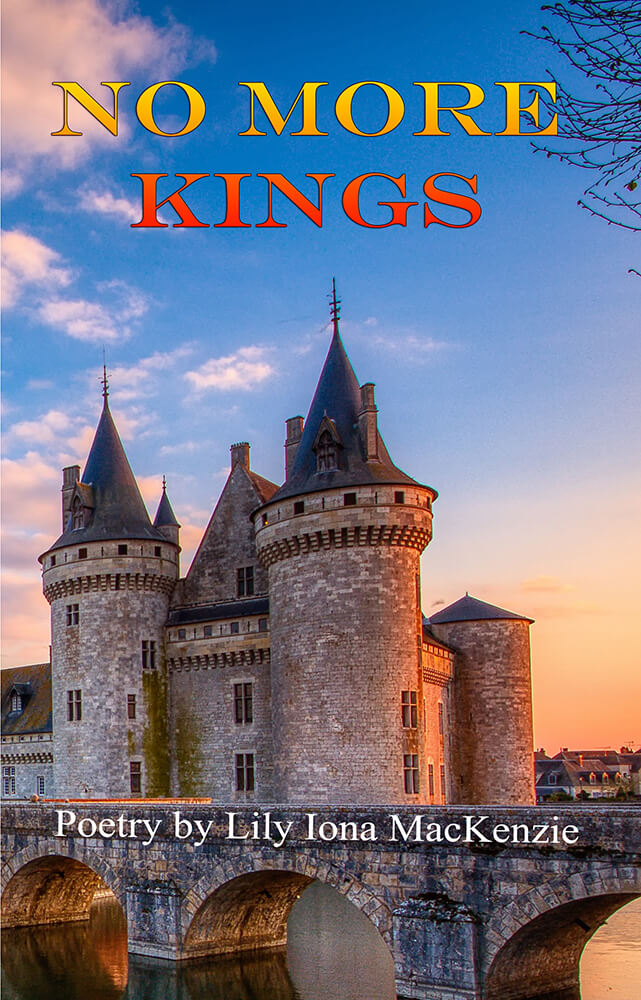I’ve been thinking tonight about trips Michael and I have taken that have nourished us. We’ve been lucky because all of our jaunts have been fun, even when we haven’t done a major exploration of another country. One place I would return to in a minute (other than Canada, the place of my birth) is Olympic National Park in Washington, DC.
Trees you can find most anywhere. Mountains too. But the combination of trees, mountain ranges, the Pacific Ocean, rivers, lakes, streams, bays, inlets, and sounds make Olympic National Park unique. More good news: when we visited the Park for the first time during the month of June, it wasn’t overrun with tourists, and those who were there seemed to be mainly from Washington state. I can see why the locals might want to keep quiet about this peninsula: it’s gorgeous. You also can see the main highlights in a few days.
Okay: the truth. We visited Olympic Park by accident. We were finishing up a road trip that had started with the Grand Tetons, wound through Yellowstone and Banff National Park, and included a weeklong stay in Calgary to help my mother celebrate her 100th birthday. Having traveled Highway 5 between the San Francisco Bay Area and Vancouver on several occasions, we wondered what we could do differently this time through. The map had the answer: veer right and visit the Olympic Peninsula. The detour was well worth it.
After a stopover in Bellingham, we headed south for Edmunds, just north of Seattle, where we caught a ferry to Kingston. The crossing took only a half hour. Our first stop was Port Gamble. Established in 1853, the tiny town is also an historical site. The main street houses a café, a couple of antique shops, the old fire house, and a church. We stepped back in time, imagining the early inhabitants of the area, made easier after we spent a half hour touring the local museum.
On our way to Lake Crescent Lodge, where we had booked for two nights into the Marymere section, we stopped at Port Townsend, another place worth visiting, if only to ogle all the restored Victorians and to eat at one of the waterfront restaurants. We did both, and we also found it a great spot for shopping, unless you’re looking for shoes (at that time, not a shoe store in the whole town!).
A beautiful site, Lake Crescent Lodge met all of our expectations. Lush. Surrounded by fir-covered mountains that frame the gorgeous lake. Absolutely heaven. No TV. No radio. No phone. Our room was plain but big with an incredible view of the lake and surroundings. We also had our own patio where we drank wine and watched the sun set before dining in the Lodge.
After Lake Crescent, we moved south to Lake Quinault. On the way we continued our exploration of this geographically and culturally diverse park. It’s dramatic. Amazingly Green. And the Natives oversee some of the land. I would have liked another week to explore it more thoroughly.
On our way to Lake Quinault, we stopped at Hurricane Ridge, and it was well worth the side trip. From there, we saw the stunning Olympic range. White capped. Jagged. And then there was the view of the Juan de Fuca Straits and beyond that we saw after leaving the ridge. We even could see Victoria on Vancouver Island. The park has everything, from the ocean, to lakes, to mountains, to meadows, to flowers growing by the side of the road.
Lake Quinault isn’t as secluded as Lake Crescent, so it has a different ambiance and the area is more inhabited. We stayed at Lake Quinault Resort in the Quinault rain forest, a charming inn with beautifully kept grounds and its own resident tame deer that the owner saved when it was a fawn. Flowers everywhere—from hanging baskets, in planters. They also were along the rock walkways. There was a log swing and handsome wood picnic tables with umbrellas for public use. Each unit had a deck and Adirondack chairs. Before dinner, we took a boat cruise on the lake that Lake Quinault Resort offers and were served our choice of wine or cider.
The next day, on the way to lunch at the coastal village of Kalaloch, we passed through the Hoh rain forest. It was magical, like entering a fairy tale. Clouds of licorice moss hung from branches and lived its own life without affecting the host trees. Enchanted, we parked the car and walked beneath it, enjoying the vista of verdant mosses and ferns lining the trail.
Back in Quinault, we visited the Lake Quinault Lodge for dinner. Its ambiance was reminiscent of the early 20th century. A lush lawn sloped down to the lake. Families sat together on the grass, talking and playing. Couples strolled on the paths. Dogs followed owners around. Everyone watched the sun set on the lake.
The interior of the handsome lodge was stately, as was the Roosevelt dining room with its views of the lake. Our servers wore white shirts and ties, and the dinner was tasty and nicely presented. I had simple chicken piccata and asparagus. Michael ordered seared scallops. We even indulged in sharing apple pie.
After dinner we sat in the lobby on one of several black leather couches. Kids played cards. Families chatted or played games. Some checked the Internet. Photographs of Roosevelt hung nearby. The place was built in two months, and pictures of Churchill also were on the walls, in addition to many earlier images of the place and area.
The next day, we reluctantly said goodbye to Olympic National Park. But if you like water, this park could be your ideal destination. It includes rivers, lakes, streams, bays, inlets, sounds, the Pacific Ocean, and, of course, rain. The park’s rain forest gets from 140 to 170 inches per year. The Olympic mountain range divides the park, and Canada isn’t far by ferry, so you could include a side trip to Victoria and other stops on Vancouver Island. How many National Parks offer so much?
Pen-L Press will be publishing my novel Fling in 2015. A wildly comic romp on mothers, daughters, art, and death, the book should appeal to a broad range of readers. While the main characters are middle-aged and older, their zest for life would draw readers of all ages, male or female, attracting the youthful adventurer in most people. Though women may identify more readily with Feather and Bubbles’ daughter and mother struggles, the heart of the book is how they approach their aging selves and are open to new experiences. Since art and imagination are key to this narrative, artists of all ages would find something to enjoy. And because the book crosses many borders (Scotland, Canada, the U.S., and Mexico), it also can’t be limited to a specific age group, social class, gender, or region.
My first fan letter for Fling came from an 80 year-old woman who lives in the tiny village of Christina Lake, B.C. My son, who also lives there, had given her my manuscript to read. She said, “I just wanted to express to you how very much I enjoyed your writing. I started it and didn’t stop till I had read it all. I very much like your style and your subtle humor. Thank you for a most enjoyable read. I can’t understand why it hasn’t been scooped up by some publisher. But I know that it will be. In my estimation I know that it is excellent literary work. I am a voracious reader and have been since grade 4. I remember my first book was Tom Sawyer and I have never stopped since then. I go through 4 to 5 books a week. We are so fortunate here at the Lake now. The Library staff in Grand Forks come out here every Wednesday. I have become very fond of the young lady who comes out. She provides me with all the award winning books and orders others for me. Again I want to express to you how very much I enjoyed your manuscript. Have patience my dear….it will be published to wide acclaim I am so sure.” —Joan Fornelli.
Here is a synopsis:
Feather, an aging hippie, returns to her Calgary home to help her mother, Bubbles, celebrate her 90th birthday. Bubbles has received mail from the dead letter office in Mexico City, asking her to pick up her mother’s ashes, left there seventy years earlier and only now surfacing. Bubbles’ mother, Scottish by birth, had died in Mexico in the late 1920s after taking off with a married man and abandoning her husband and kids.
A woman with a mission, and still vigorous, Bubbles convinces a reluctant Feather to take her to Mexico so she can recover the ashes and give her mother a proper burial. Both women have recently shed husbands and have a secondary agenda: they’d like a little action. And they get it.
Alternating narratives weave together Feather and Bubbles’ odyssey with their colorful Scottish ancestors, creating a family tapestry. The “now” thread presents the two women as they travel south from Canada to San Francisco and then Mexico, covering a span of about six months. “Now” and “then” merge in Mexico when Bubbles’ long-dead mother, grandmother, and grandfather turn up, enlivening the narrative with their antics.
In Mexico, the land where reality and magic co-exist, Feather gets a new sense of her mother. The Indian villagers mistake Bubbles for a well-known rain goddess, praying for her to bring rain so their land will thrive again. Feather, who’s been seeking “The Goddess” for years, eventually realizes what she’s overlooked.
Meanwhile, Bubbles’ quest for her mother’s ashes (and a new man) has increased her zest for life. A shrewd business woman (she’s raised chickens, sold her crafts, taken in bizarre boarders, and has a sure-fire system for winning at bingo and lotteries), she’s certain she’s found the fountain of youth at a mineral springs outside San Miguel de Allende; she’s determined to bottle the water and sell it.
But gambling is her first love, and unlike most women her age, fun-loving Bubbles takes risks, believing she’s immortal. Unlike her daughter, Bubbles doesn’t hold back in any way, eating heartily, lusting after strangers, her youthful spirit and innocence convincing readers that they’ve found the fountain of youth themselves in this character. At ninety, she comes into her own, coming to age, proving it’s never too late to fulfill one’s dreams.
Fling, a meditation on death, mothers and daughters, and art, suggests that the fountain of youth is the imagination, and this is what they all discover in Mexico. It’s what Bubbles wants to bottle, but she doesn’t need to. She embodies it. The whole family does.
